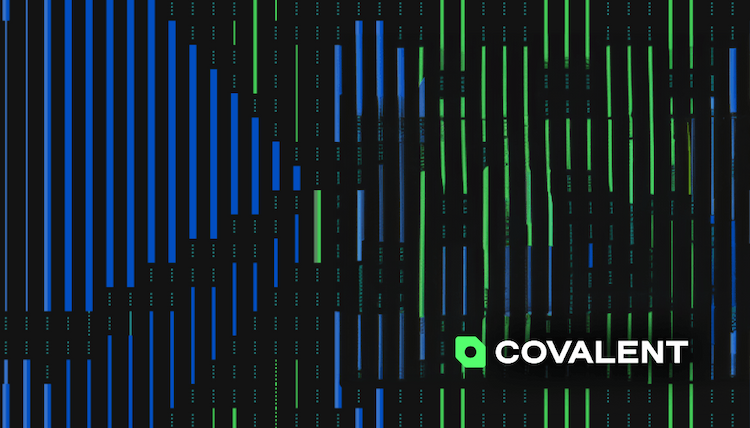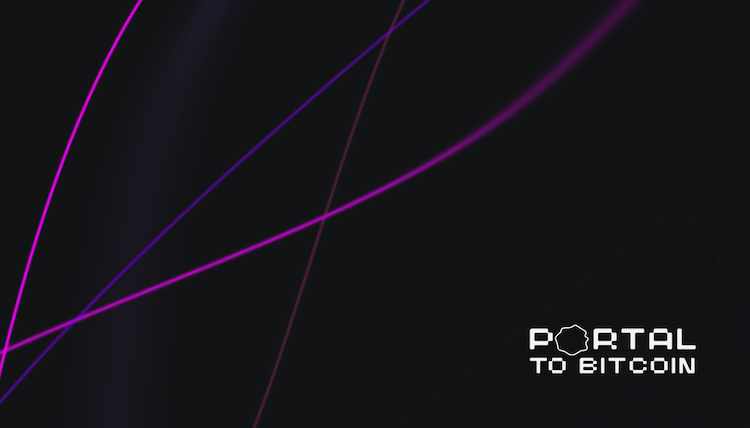
Ethereum's journey has not been without its challenges, particularly with slow transaction processing and high fees. However, the development of 'Layer 2' networks, including innovative solutions like Rollups, has brought a new wave of optimism. These solutions, such as Zero-Knowledge Rollups (ZK-Rollups) and Optimistic Rollups, leverage advanced cryptography to enable efficient and private transactions, leading to faster fund withdrawals. Layer 2 solutions like Scroll, Polygon, StarkNet, and zkSync have significantly improved scalability and reduced fees, paving the way for a more efficient Ethereum ecosystem.
zkLink aims to tackle liquidity fragmentation and slow transactions by building the first ZK aggregated Layer 3 and accessing limitless liquidity with a middleware solution that consolidates liquidity.
This month’s review covers various topics related to zkLink, including its founding team, fundraising efforts, and the two products, zkLink Nova and zkLink X.
What is zkLink Nova and zkLink X
The zkLink team has developed two unique products: zkLink Nova and zkLink X.
zkLink Nova is the industry's first Aggregated Layer 3 zkEVM Rollup network, built on zkSync's ZK Stack and zkLink Nexus technology. It integrates liquidity and assets from Ethereum and Layer 2 rollups into a single interoperable platform, enabling developers to deploy decentralized applications (dApps) in an EVM-compatible environment.
The team created this product to address the issue of incompatible Ethereum and Layer 2 networks, resulting in fragmented assets and liquidity. Users often use third-party protocols to bridge assets across networks, which poses security risks and inefficiencies.
zkLink Nova aims to use zero-knowledge proofs to access combined liquidity from Ethereum and Layer 2 networks without requiring asset bridging. The team has built an ecosystem with over 60 partners to steer the Layer 3.
On the other hand, zkLink X offers a solution to blockchain interoperability and standardization challenges. It uses zero-knowledge-proof technology to provide an aggregated rollup infrastructure, making deploying multi-chain dApps and solving liquidity fragmentation easier. This infrastructure allows for quick deployment of multi-chain products and aggregation of liquidity across multiple chains and offers high-throughput, low-cost trading solutions for financial applications such as Order Book DEX.
Key features include:
- Native asset aggregation, where tokens from various L1 blockchains and L2 rollups are unified into a single token, eliminating the need for cross-chain asset bridges and simplifying wallet management.
- Liquidity unification, which ensures that tokens of the same kind but issued on different chains are merged into one, enhancing liquidity aggregation.
- Additionally, zkLink X provides customizable app rollup deployment, allowing developers to tailor components to meet diverse use case demands. These include network collections, settlement layers, execution environments, and decentralized sequencers.
The live Alpha Mainnet has had over 2 million transactions and 500k unique addresses using its technology.
Tokenomics
zkLink plans to release its token, $ZKL, in 2024, enabling users to leverage its rollup infrastructure service. Token holders will also have voting rights on zkLink project decisions. Here are some of its planned uses:
- Staking: Provers staking $ZKL can access zkLink’s proof generation market. Here, they can complete tasks related to proof services to earn $ZKL rewards.
- Payments: $ZKL will be the main payment token in zkLink’s proof market. dApps using zkLink’s infrastructure will pay provers in $ZKL for their proof services. Also, when dApps build their rollups using zkLink’s infrastructure, they’ll pay fees in $ZKL to zkLink DAO, the project’s governing organization. These dApps might also use ZKL for in-app fees.
- Governance: In the future, through zkLink DAO, ZKL holders can use governance rights to participate in the project's decision-making process.
ZKL will launch with a maximum token supply of 1 billion without inflation. Approximately 18% of the token supply will be released at TGE followed by a linear vesting period of 42 months. The token’s allocation is as follows:
- Community Treasury (~29.88%)
- Ecosystem development (22.5%)
- Early Private Purchasers (20.55%
- Team and Advisors (20.00%)
- Liquidity Reserve (4.00%)
- CoinList Sale (~3.13%)
Team, Fundraising, and Ecosystem
Regarding funding, zkLink raised $10 million in a strategic funding round from a line of investors, including Coinbase Ventures, Ascensive Assets, SIG DTI, BigBrain Holdings, Efficient Frontier, and others. This funding brought the infrastructure's funding to $18.5 million, with previous investors including Morningstar Ventures, Arrington Capital, Huobi Capital, and more.
The team behind Nova Protocol has secured a total funding of $23.1 million, including $4.6 million from a CoinList community sale in January. The primary objective of this funding is to enhance the development of the Nova protocol.
The co-founders of Nova Protocol, Vince Yang (CEO) and Evan Zhang (CTO), started their crypto journey in 2020. They built their first multi-chain DEX and learned about cross-chain transactions' security and efficiency challenges. After experiencing these difficulties, they pivoted to creating zkLink Labs, which aimed to aggregate fragmented liquidity and create a unified ecosystem. Today, they lead a diverse team of more than 50 individuals with experience in the crypto industry.
What’s Next for zkLink
The zkLink team is preparing for its upcoming TGE and continuously enhancing its services for developers and users. The team plans to integrate a modular DA for the Nova network and a decentralized sequencer service per its technical roadmap. This integration is expected to improve Nova and X's security and cost benefits.



